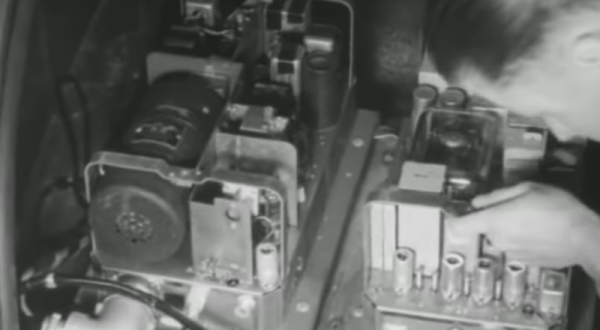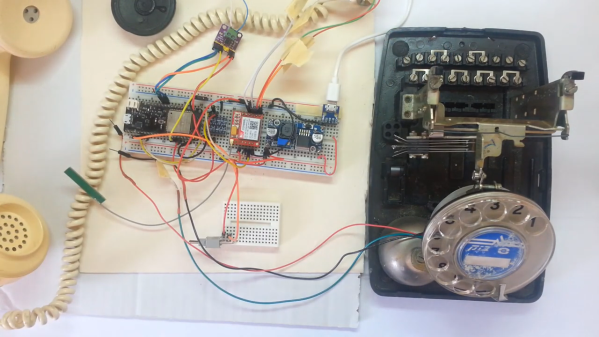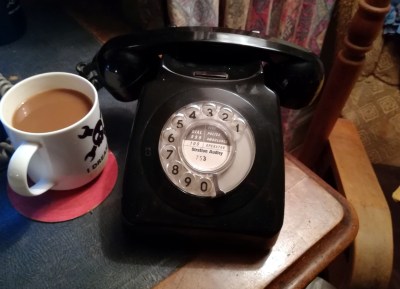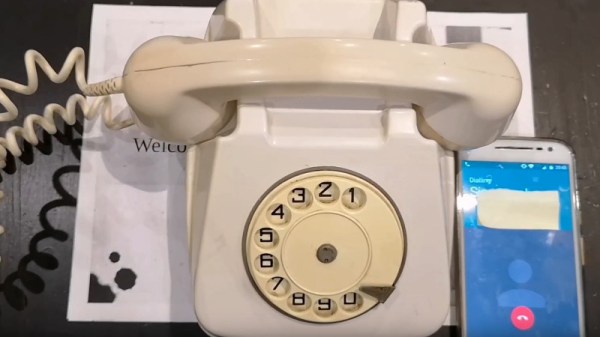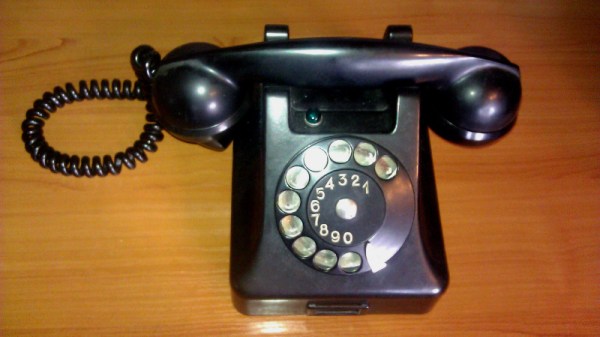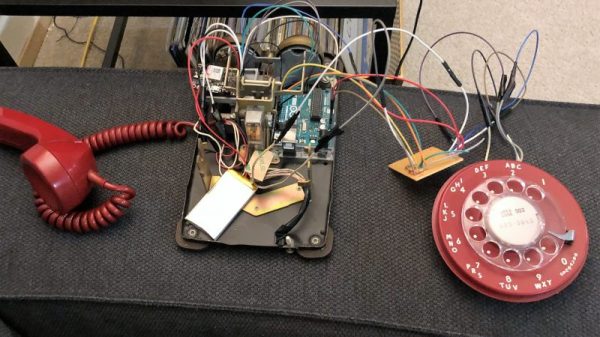We think of the mobile phone — well, what we would call a cell phone — as something fairly modern. Many of us can still remember when using a ham radio phone patch from your parked car would have people staring and murmuring. But it turns out in the late 1940s, Bell Telephone offered Mobile Telephone Service (MTS). It was expensive and didn’t work as well as what we have now, but it did let you make or receive calls from your automobile. After the break, you can see a promotional film about MTS.
The service rolled out in St. Louis in the middle of 1946. The 80-pound radios went in the trunk with a remote handset wired to the dashboard. At first, there were only 3 channels but later Bell added 29 more to keep up with demand. An operator connected incoming and outbound calls and if three other people were using their mobile phones, you were out of luck.
Continue reading “Retrotechtacular: Mobile Phones 1940s Style”

